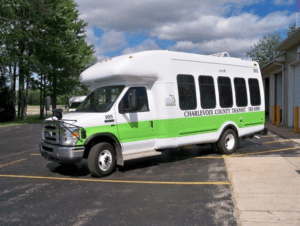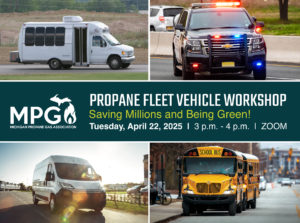More consumers are becoming frustrated with the plunging value of their used EVs. After years of making payments, many owners are shocked to discover their car is worth far less than its remaining loan balance.
Key Points
- Diminishing Premium for EVs
- According to iSeeCars, the difference in pricing between a used Tesla Model 3 and a BMW 3 Series illustrates how the premium once associated with EVs has disappeared. Previously, they had a higher perceived value, but this has diminished as the market has evolved.
- Used EVs Values Drop
- On average, used electric vehicles now sell for thousands of dollars less than their gasoline-powered counterparts, highlighting a significant shift in market dynamics.
Despite inflation driving a 41.2% increase in used vehicle prices over the past year, prices for used EVs have recently fallen below those of used gasoline vehicles for the first time, reflecting a deepening price decline.
The Price Decline of Used EVs
Over the past year, used EV prices have experienced a dramatic drop. In June 2023, the average price for a used electric vehicle was over 25% higher than that for a used gasoline car. By May, used EVs were priced, on average, 8% lower than their gasoline counterparts.
According to an analysis by iSeeCars of 2.2 million used cars aged one to five, the price gap increased from $265 in February to $2,657 by May. While the prices for gasoline-powered vehicles fell by 3-7% over the year, electric vehicle prices plummeted by 30-39%.
Consumer Perception Change
According to iSeeCars executive analyst Karl Brauer, buyers no longer want to spend more on electric cars. Today, EVs are less desired and valuable than standard, gasoline-powered cars.
Increasing Used EV Supply
The used EV market has experienced large growth in the past few years. The U.S. alone sold 176,918 used EVs in 2022 and over 45,000 in May 2023. There are more old cars than new ones, and their prices deteriorate quickly. Most one-year-old cars cost 80% of their new price. As used EVs become cheaper, more first-time customers can afford them.
Challenges and Opportunities for EV Adoption
While declining used EV prices may slow electric vehicle adoption, this trend is expected to persist for several reasons: Better battery technology, a crucial longer range for new models, and battery degradation concerns. Recent EVs feature superior battery life and charging temperature management. EV owners can get federal tax incentives and have cheaper gasoline and maintenance costs, but the battery cost is significant.
Automakers Changing EV Strategies
Many automakers are reducing aggressive EV rollouts and focusing on hybrids, which are gaining appeal due to dwindling demand and insufficient infrastructure. General Motors cut EV sales predictions, and Ford cut EV infrastructure investments.
EV Charging Infrastructure and Access
The infrastructure for charging electric vehicles is growing but still lags behind fuel outlets. The U.S. has around 64,000 public charging stations with 176,000 ports. Since the Inflation Reduction Act of 2022, infrastructure has grown by 29%, although rural areas still have deficiencies.
Public Perception and Future Considerations
A recent Gallup poll indicated that while EV ownership is increasing, interest in purchasing EVs has declined slightly, with only 35% of Americans considering buying an EV in the future. This reflects ongoing challenges in changing consumer perceptions and ensuring adequate infrastructure for EV adoption.
Sources: CNBC, iSeeCars, Gallup




